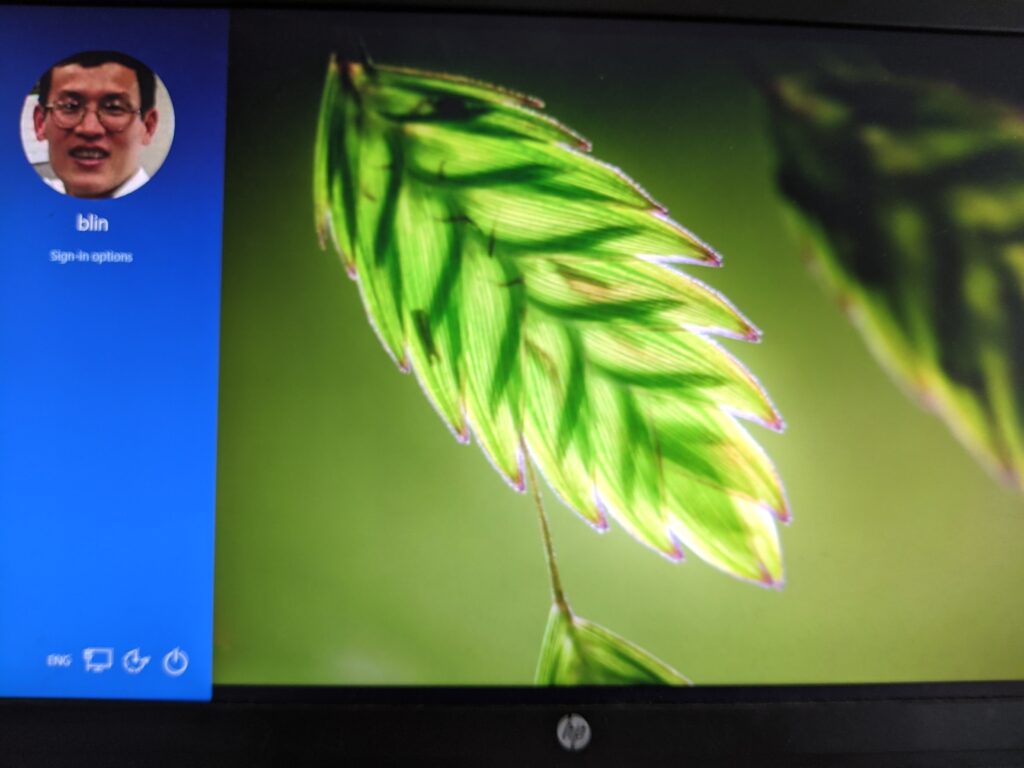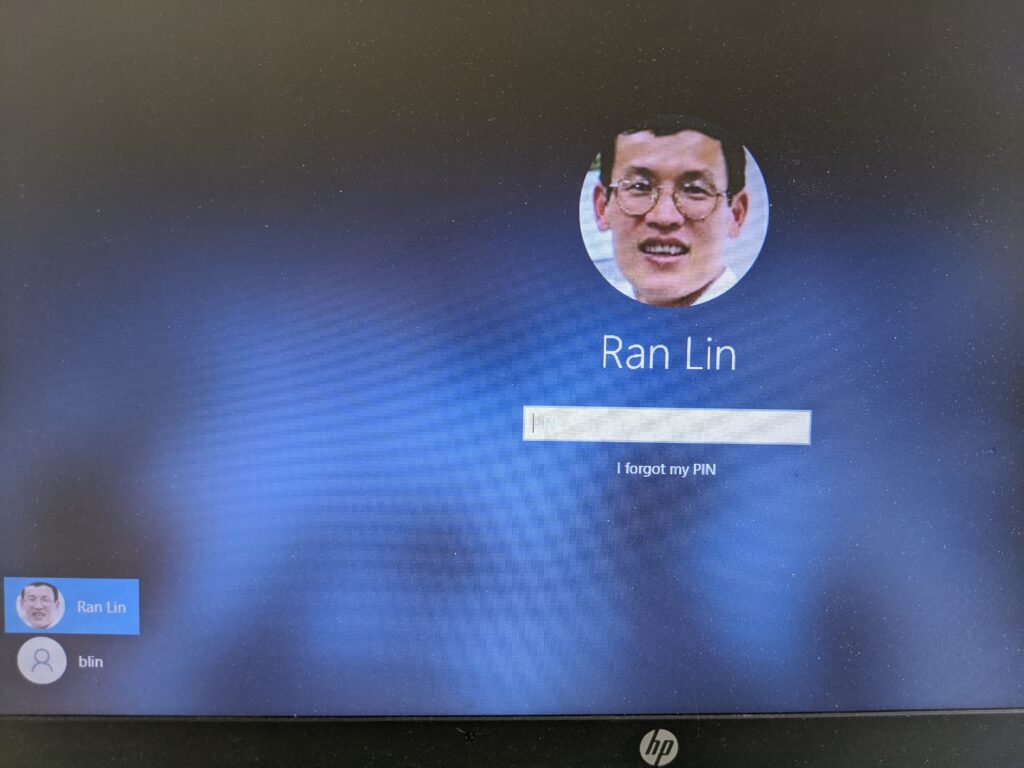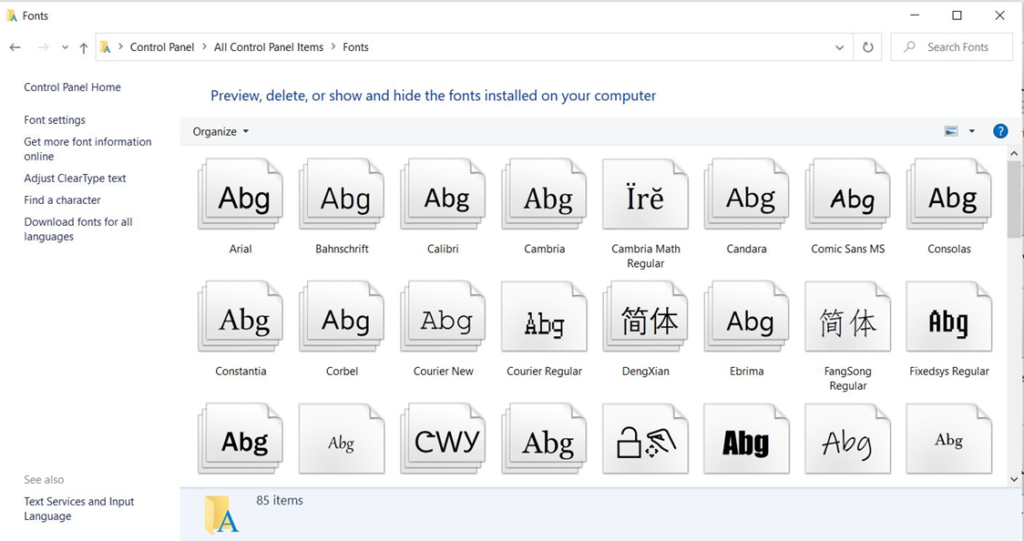LINE is a freeware messenger app for instant communications on electronic devices such as Mobile phones, tablet, and PC. The service is operated by Line Corporation, a subsidiary of Korean internet search engine company, Naver Corporation.
LINE Features:
- Line Friends: characters that are shown in stickers of the application.
- Line Pay: allows users to request and send money from users in their contact list and make mobile payments in store
- Line Taxi: users can request a taxi and automatically pay for it when they connect their account to Line Pay in Japan.
- Line Wow: allows users to instantly access delivery services for registered food or products and services.
- Line Man: On-demand assistant for food and messenger delivery services in Bangkok.
- Line Today: A news hub integrated in the Line app.
- Line TV: A video on demand service operating in Taiwan and Thailand.
- Line Shopping: or online shopping.
- Stores: physical stores in Japan, South Korea, China, Taiwan, Hong Kong, Thailand, U.S. and a Korean online store to purchase LINE Friends merchandise.



